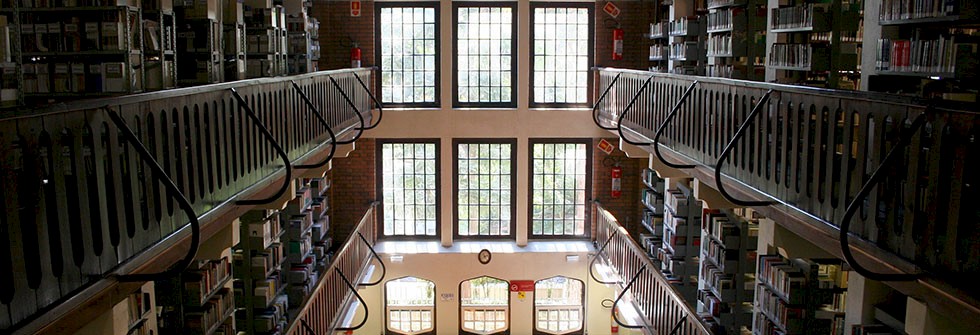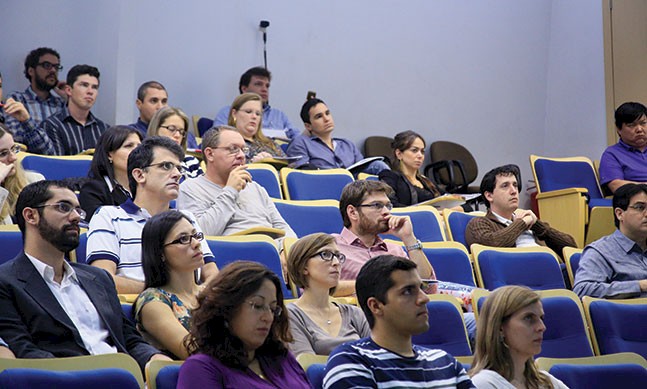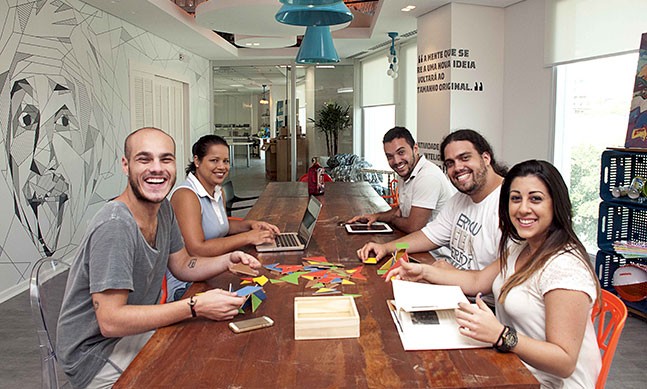Education is at the top of the government’s agenda with to a ten-year plan to tackle the blight of low-quality teaching, high drop-out rates and functional illiteracy that has plagued the Brazilian system
The Brazilian education sector stands at an important crossroads. For decades regarded as a privilege rather than a right, the recent universalisation of access to basic schooling has been a trying, but largely successful, process. The challenge that the country faces today is ensuring that the quality of education its 40 million children receive from the public school system befits the world’s seventh-largest economy.
On the surface, the system’s structure is familiar. From the age of six to fourteen, children receive compulsory primary education, moving on to non-compulsory secondary education from fifteen to seventeen. At age eighteen, students can enter higher education. Unlike in the UK and the US, the most highly-regarded universities are public, their tuition entirely free, but access to them is extremely competitive.
It is an awkward paradox that while the Brazilian elite prefer to send their children to expensive private schools, it is to these free universities that the best students invariably go on to apply. Priced out of a good basic education, the majority of Brazilians are then tested out of the best universities, paying instead to attend private institutions with mixed reputations. But higher education remains in its infancy: USP, Brazil’s oldest university, was only founded in 1934. Since the 1950s, Capes, the federal agency for the support and evaluation of higher education, has been responsible for the sector’s rapid growth.
The government’s national education plan (PNE) set a target of 98 percent inclusion in schools by 2023. To stay on course, however, 2.9 million children need to be incorporated into the system this year alone and the process of universalisation has taken its toll on Brazil’s public schools. In order for the plan to succeed, President Rousseff admits it must “converge the efforts of all areas of government”, or an already stretched education system will be pushed to its limits.
The teaching profession in Brazil has long been undervalued. Without the resources to cope with full-time students, children only attend classes in the mornings or afternoons. The knock-on effects for teaching efficiency are striking, and it is here that the PNE is hoped to make a major impact. Efforts at lowering drop-out rates, improving teacher training and management and expanding higher education all come backed by a major boost in investment between now and 2023, using money from the pre-salt oil exploration programme.
“Half of the knowledge produced by Brazil is generated here in Sao Paulo because the state has such a dense research infrastructure: the three state universities (USP, UNESP and Unicamp), Unifesp, PUC and ITA. Fapesp also has a very strong relationship with the UK, including research councils with Imperial College, Birmingham University and several others.”
Celso Lafer President of FAPESP
Tweet ThisIn a country the size of Brazil, with a population of over 200 million spread over 8.5 million kilometres, finding a solution for the needs of those both in the urban centres and in the remote, rural districts represents an enormous challenge.
There is no national curriculum and Sao Paulo is the only state to have implemented a single curriculum across all of its schools. As such, it is difficult to evaluate students and teachers, and continuity in teaching is a challenge. Without the economies of scale offered by a single, countrywide system, the cost of books, materials and technology is also greater than it could be.
Having fallen behind neighbouring countries like Argentina and Chile in the last century, there is now a great deal to catch up on if the country is to meet 21st century demands, too. Soft skills, citizenship and the basic tenets of punctuality and collaboration all have to be bolted on to the fundamental elements of reading and writing. Functional illiteracy is the frighteningly common ailment affecting somewhere between 18-27 percent of Brazilians, and, while the blame for a widening skills gap is regularly passed from the private sector to the universities and all the way down to basic education, it remains an issue that successive administrations have failed to address. In light of the national education plan, it is a problem that, if handled correctly and efficiently, can also bring enormous opportunities.
Productivity in focus
The Brazilian government has been spurred into action as the country’s educational performance impacts on its productivity. Over the last decade, workers’ productivity in the country has increased by just 13 percent, compared to 134 percent in China.
Whilst the Chinese case might be considered unusual, comparisons with the likes of Chile and Mexico are only slightly kinder. The average 15-year-old Brazilian student has the equivalent scientific and maths knowledge of a 14-year-old from their Latin American neighbours, an average 12 year-old American or an average 10-year-old Chinese child.
“Functional illiteracy has not dropped in the last ten years”, notes Denis Mizne, CEO of Lemann Foundation. “It should have naturally improved, but it hasn’t.”
Turning around decades of poor basic and high-school education will not be easy, but the enormous scope of the government’s National Education Plan includes better preparing students for university, and giving them the right tools for the demands of the job market.
A plan for change
After three-and-a-half years of debate and conjecture in Congress, Brazil’s national education plan (PNE) was finally passed into law in July 2014. Its scope is vast, setting 20 targets covering all aspects from pre-school to professional training within a ten-year timeframe, and no fewer than 253 strategies by which to achieve them. Its key proposals include:
Investment
Federal spending on education is to increase from 5.6 percent of GDP to at least 7 percent by the fifth year of the plan and 10 percent by 2023. The difference will be funded by profits from Brazil’s pre-salt oil exploration, but the challenge is spending the money efficiently, something not usually associated with the public sector.
Access
All children aged four to five will be guaranteed a place in school by 2016, and half of those up to the age of three will be able to attend a public crèche by 2020. The plan will also increase assistance for those with special needs to achieve universal access via improved facilities and training.
Literacy
The plan aims to ensure that all children will be able to read and write by the third year of secondary school, and to eradicate illiteracy in those aged 15-plus by 2020. It will also reduce functional illiteracy by 50 percent. UNESCO research shows Brazil has the eighth highest level of adult illiteracy in the world.
Teachers
The plan will create a national policy for the continued training of teachers and education professionals and will ensure that, by the tenth year, 50 percent of teachers working in primary education will have completed a graduate course in their specialist field. It also aims to increase the average teaching wage to the same level as professionals of a similar level of training.
Higher education
The PNE will seek to enrol 50 percent of 18 to 24-year-olds into higher education and increase those into public universities by at least 40 percent, whilst also ensuring 75 percent of lecturers have a master’s degree and 35 percent possess a doctorate.










